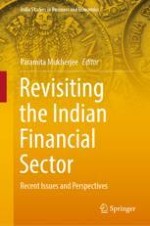2022 | OriginalPaper | Chapter
Financial Liberalization and Convergence of Financial Development Among BRICS Economies
Authors : Paramita Mukherjee, Poulomi Bhattacharya, Sahana Roy Chowdhury
Published in: Revisiting the Indian Financial Sector
Publisher: Springer Nature Singapore
Activate our intelligent search to find suitable subject content or patents.
Select sections of text to find matching patents with Artificial Intelligence. powered by
Select sections of text to find additional relevant content using AI-assisted search. powered by
